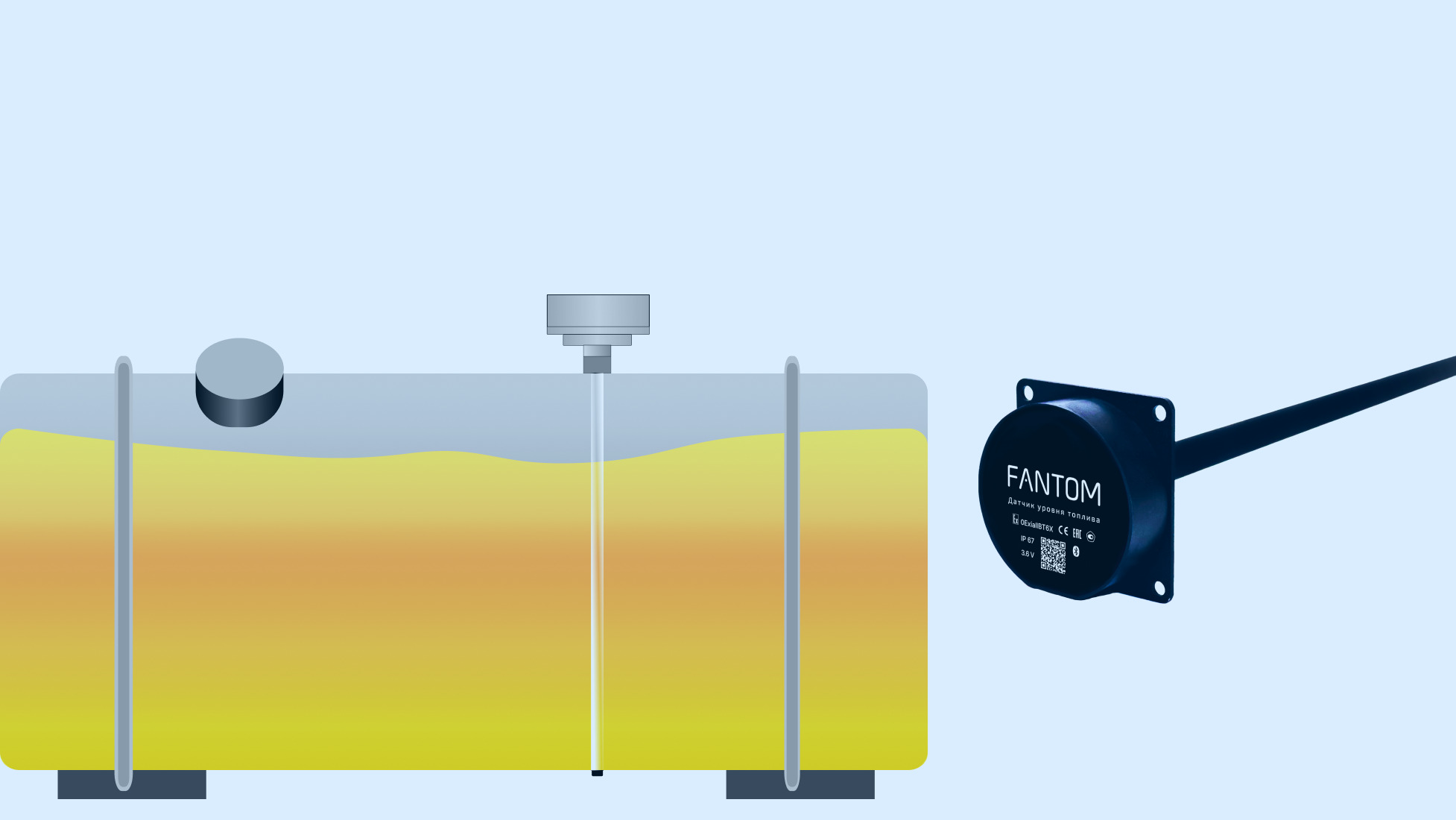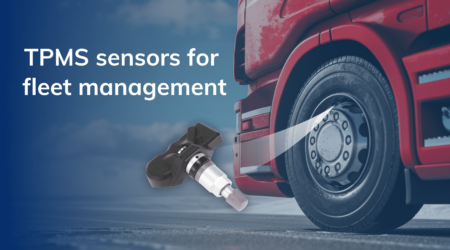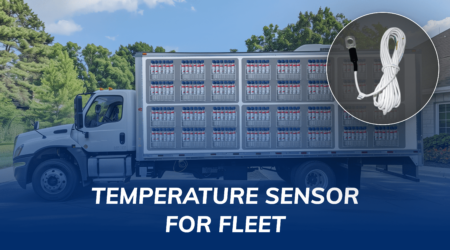Benefits of Wireless Fuel Sensors

Imagine not having to worry about running out of fuel unexpectedly or dealing with the hassle of manual fuel checks. That’s the convenience wireless fuel level sensors offer. These innovative devices make monitoring fuel levels straightforward and hassle-free. Whether it’s for a large fleet of vehicles, agricultural machinery, or fuel storage tanks, keeping an eye on fuel consumption is vital. Wireless fuel level sensors are becoming increasingly popular due to their ability to provide real-time data without the need for physical checking. This blog explores the numerous benefits these sensors bring to various industries, focusing on ease of installation, real-time monitoring, efficiency, security, cost savings, and more.
Benefits of Wireless Fuel Level Sensors
Ease of Installation
One of the standout features of wireless fuel level sensors is their ease of installation. Traditional fuel monitoring systems often require extensive wiring, drilling, and modifications to vehicles or storage tanks. This not only increases the complexity but also the time and cost involved in setting up the system. In contrast, wireless sensors can be installed with minimal effort and disruption. They don’t require a direct physical connection to the fuel gauge or the vehicle’s electrical system, making them adaptable to various types of tanks and vehicles. This flexibility is a significant advantage, particularly for businesses managing a large fleet or multiple fuel storage locations. By simplifying the installation process, wireless fuel level sensors save time and reduce the initial setup costs, making them an attractive option for efficient fuel management.
Real-Time Monitoring and Alerts
Wireless fuel level sensors offer the invaluable benefit of real-time monitoring, keeping you constantly informed about your fuel levels. This feature is crucial for ensuring that operations run smoothly without the interruption of unexpected fuel shortages. The sensors provide up-to-date information, allowing for immediate action to be taken whenever necessary. Furthermore, these systems can be configured to send custom alerts directly to your phone or computer. Whether fuel levels drop below a certain point or a sudden decrease in fuel volume is detected you’ll know instantly. This level of awareness empowers businesses to maintain control over their fuel consumption, significantly reducing the risks associated with fuel management.
Improved Fuel Efficiency
Efficiency is key in managing fuel consumption, and wireless fuel level sensors play a significant role in achieving this. By providing detailed data on fuel usage patterns, these sensors help in planning more efficient refueling schedules. They enable businesses to optimize their fuel consumption, ensuring that vehicles and machines operate at their best with minimal waste. This not only helps in conserving fuel but also contributes to environmental sustainability by reducing unnecessary emissions. The ability to monitor and adjust fuel usage leads to considerable savings and enhances the operational efficiency of fleets and machinery.
Enhanced Security and Theft Prevention
Wireless fuel level sensors offer continuous monitoring, making it easier to detect any unusual decreases in fuel levels that may indicate theft or leakage. Immediate alerts ensure that you can quickly respond to potential issues, safeguarding your fuel supplies. In environments where fuel theft can be a significant problem, such as in remote construction sites or large fleets, the ability to preemptively address these challenges is invaluable. By enhancing security measures and providing peace of mind, wireless fuel level sensors are an essential tool in preventing fuel theft and losses.
Cost Savings
The direct and indirect cost savings afforded by wireless fuel level sensors are perhaps one of their most compelling benefits. By optimizing fuel usage, businesses can significantly reduce their operational costs. Real-time monitoring and efficient scheduling lead to less wasted fuel. It lowers purchasing costs, and reduces the risk of theft, all of which contribute to substantial savings over time. Additionally, the predictive maintenance capabilities of these sensors can foresee potential issues. It allows for preventative measures to be taken rather than costly repairs after the fact. This not only saves money but also extends the lifespan of vehicles and equipment, further enhancing the return on investment.
Accessibility and Integration
In today’s digital age, accessibility to information is crucial. Wireless fuel level sensors excel in this area by providing easy access to fuel data through smartphones, tablets, or computers. This means you can monitor your fuel levels from anywhere at any time, ensuring you’re always informed and in control. Moreover, these sensors can seamlessly integrate with other management systems, allowing for a holistic approach to fleet and fuel management. This integration capability simplifies operations, enhances efficiency, and ensures that data-driven decisions can be made across various aspects of business management.
Applications in Different Industries
Wireless fuel level sensors are not limited to a single industry; their versatility extends to transportation, agriculture, construction, and more. In the transportation sector, they ensure that logistics companies can monitor their fleets’ fuel consumption in real time, optimizing routes and reducing operational costs. Agriculture benefits from more efficient use of machinery, minimizing downtime and increasing productivity. Construction companies can prevent theft and manage their equipment more effectively, ensuring projects stay on schedule. These examples barely scratch the surface of the potential applications of wireless fuel level sensors across different industries.
Future Trends and Advancements
The future of wireless fuel level sensors looks promising, with continuous advancements in technology paving the way for even more efficient and sophisticated systems. Innovations in sensor technology, data analytics, and integration capabilities will further enhance the accuracy, reliability, and usability of these systems. As we move forward, we can expect wireless fuel level sensors to become even more integral to effective fuel management, driving sustainability, efficiency, and cost savings across a wide range of sectors.
Conclusion
Wireless fuel level sensors offers range of benefits that significantly impact operational efficiency, cost savings, and security. Their ease of installation, real-time monitoring capabilities, and the ability to integrate with existing systems make them an indispensable tool in modern fuel management. As technology continues to evolve, the role of wireless fuel level sensors in enhancing fuel efficiency and security will only grow stronger. By adopting these innovative systems, businesses can not only improve their operations but also contribute to a more sustainable and efficient future.



